RoofingTerminology
Shingles
The protective top layer of the roof, essential for weatherproofing and aesthetics.
Shingles are the most common roofing material, providing the first line of defense against the elements. Made from materials like asphalt, metal, or wood, shingles protect your home from rain, wind, and sun while offering various styles and colors to enhance curb appeal. They are a key component of any roofing system, often the first thing customers think of when considering roof repairs or replacements.
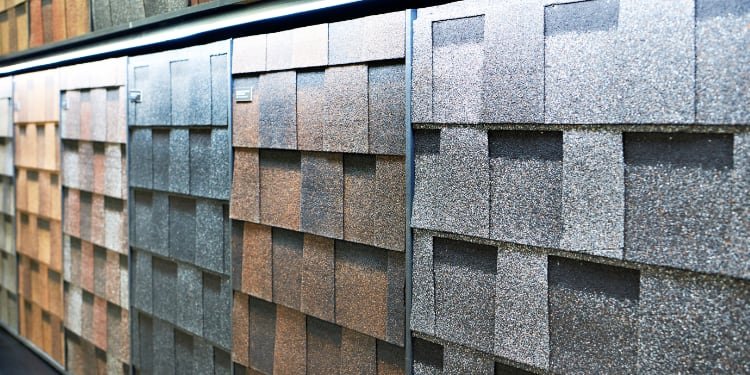
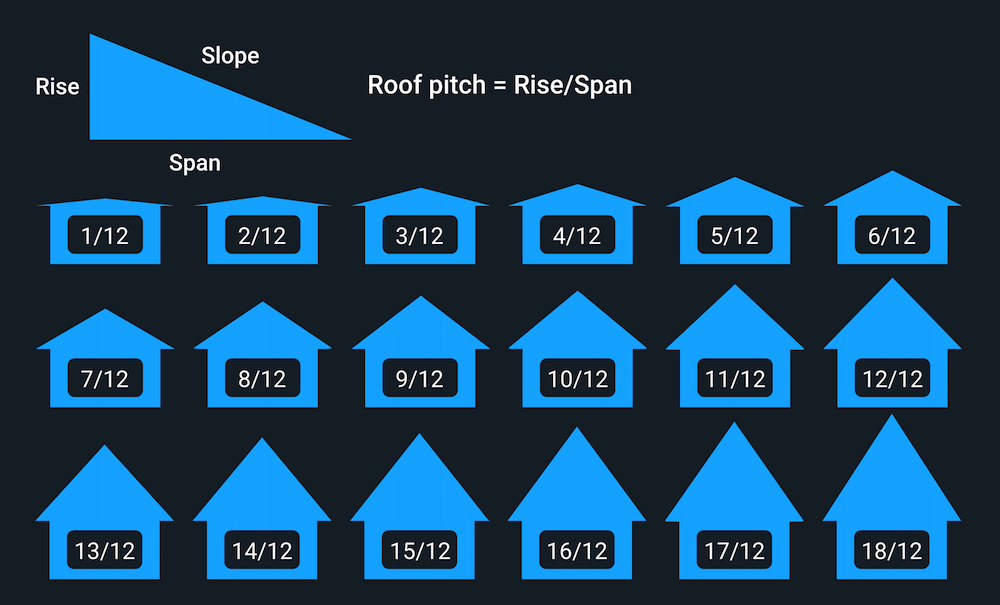
Roofing Terminology
Roof Pitch
The steepness or slope of the roof, determining its design and material suitability.
Roof pitch refers to the angle or steepness of the roof, expressed as a ratio of the roof’s rise to its run. A higher pitch means a steeper roof, which affects the type of materials that can be used and the roof’s overall appearance. Understanding roof pitch is crucial for homeowners when planning a new roof or evaluating the need for repairs, as it influences water drainage and the roof’s structural integrity.
Roofing Terminology
Flashing
Thin metal used to seal roof joints and prevent water leaks.
Flashing is critical for protecting vulnerable areas of the roof, such as where it intersects with chimneys, vents, or walls. Made from materials like aluminum or copper, flashing directs water away from joints, preventing leaks and extending the life of your roof. Proper flashing installation is essential to avoid water damage, making it a frequently discussed topic during roof inspections.
Roofing Terminology
Roof Ventilation
The system that allows air to circulate through the attic, preventing moisture buildup.
Proper roof ventilation is vital for maintaining a healthy roofing system. It prevents moisture buildup, which can lead to mold, rot, and increased energy costs. Ventilation systems include ridge vents, soffit vents, and attic fans, all working together to regulate temperature and humidity. Customers often inquire about ventilation when dealing with attic insulation or high energy bills, as it plays a crucial role in the overall efficiency and lifespan of the roof.
Roofing Terminology
Roof Decking
The base layer of the roof that supports all other materials.
Roof decking, usually made from plywood or OSB, serves as the foundation of the roof, providing support for shingles and other materials. If the decking is compromised, the entire roof is at risk, making it an essential component to consider during roof repairs or replacements. Homeowners frequently ask about decking when they notice signs of roof sagging or water damage.
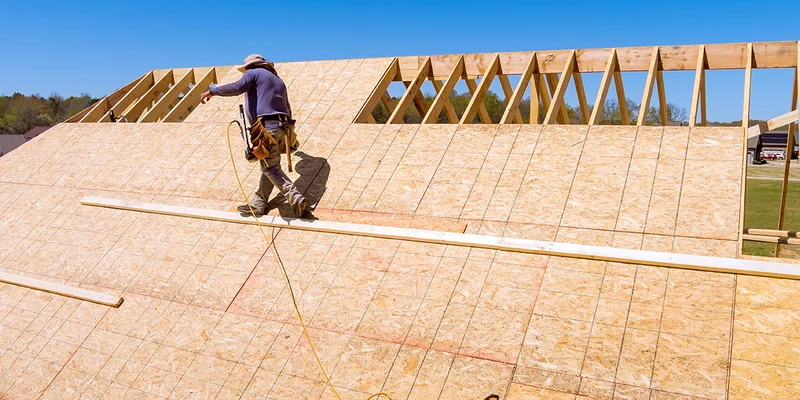
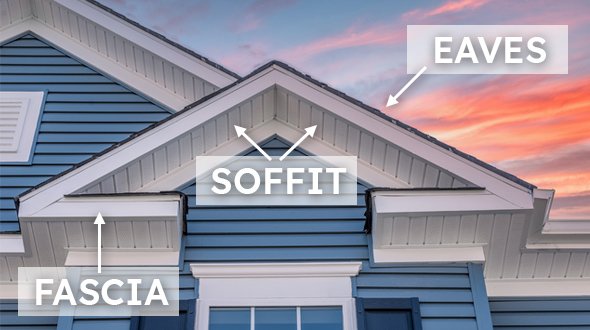
Roofing Terminology
Eaves
The edge of the roof that extends beyond the walls of the house, protecting it from water damage.
Eaves are an important feature that helps direct water away from the walls and foundation of your home. They contribute to the overall aesthetic of the building while preventing water damage. Eaves are often discussed in relation to gutters, as both work together to manage rainwater effectively.
Roofing Terminology
Gutters
Channels installed along the roof edge to direct rainwater away from the foundation.
Gutters are essential for preventing water damage to your home’s foundation, walls, and roof. They collect rainwater from the roof and channel it away, reducing the risk of leaks and structural damage. Proper gutter maintenance is crucial for the longevity of your roof, and it’s a topic many homeowners ask about during roofing consultations.
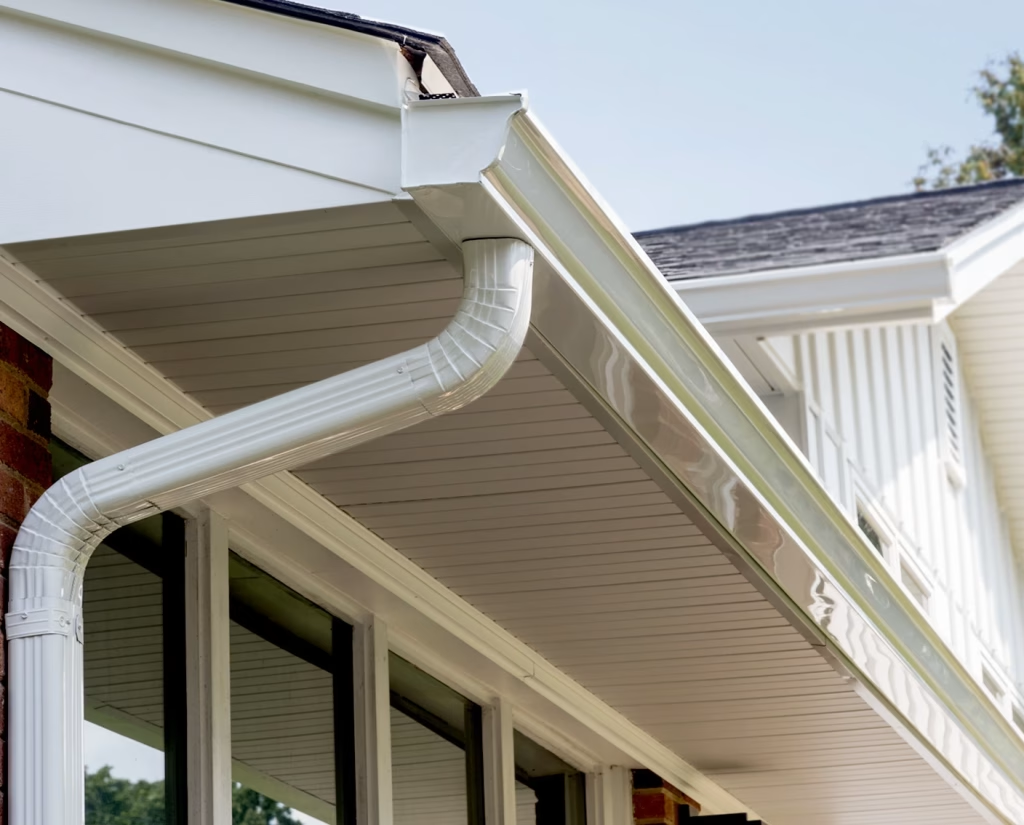
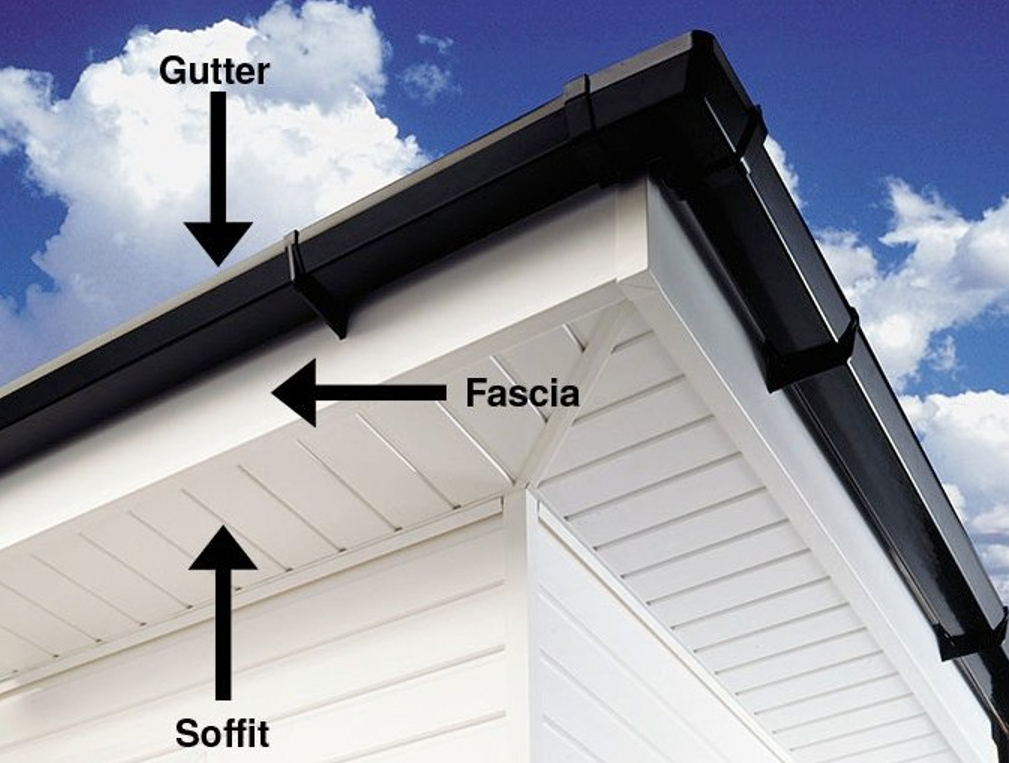
Soffit
The underside of the roof overhang, often ventilated to allow airflow into the attic.
The soffit is the horizontal underside of the eaves, providing both ventilation and aesthetic appeal. It allows air to circulate into the attic, helping to regulate temperature and prevent moisture buildup. Soffits are often mentioned during discussions of roof ventilation and energy efficiency, making them a popular topic for homeowners concerned with indoor air quality.
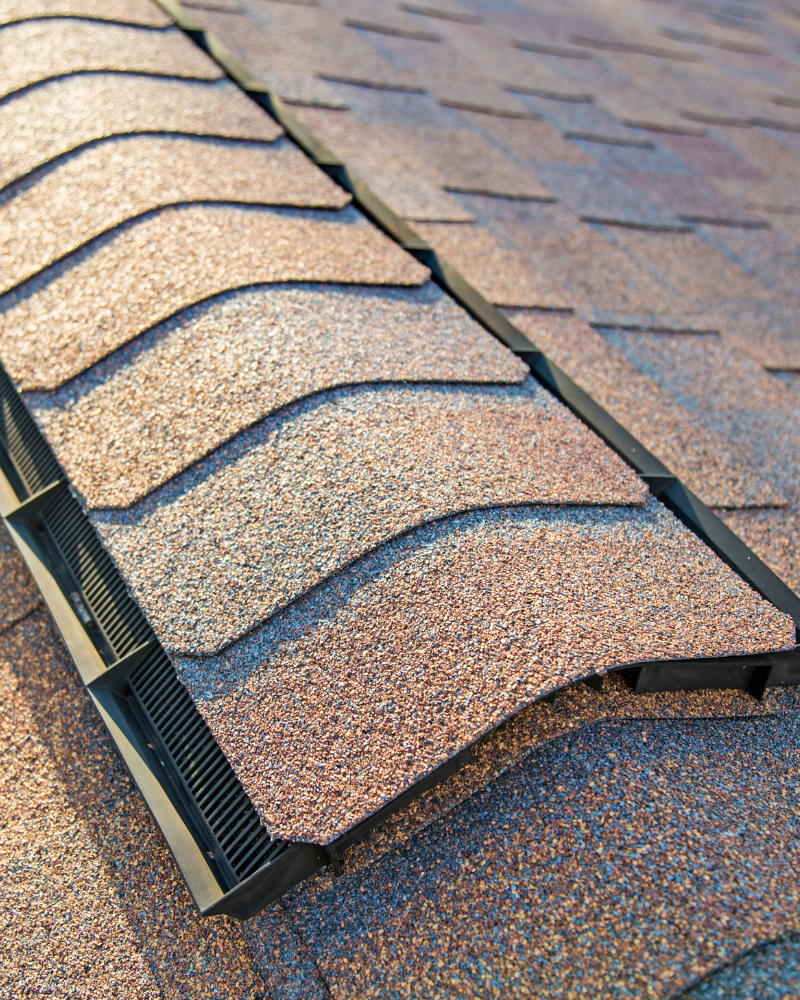
Ridge Cap
Specialized shingles that cover the roof ridge, providing a finished look and extra protection.
The ridge cap is the finishing touch on the roof, covering the peak where two roof planes meet. These specially designed shingles protect the ridge from water infiltration while giving the roof a polished appearance. Homeowners often inquire about ridge caps when selecting shingle styles and colors, as they play a significant role in the roof’s overall look and durability.

Valleys
The V-shaped areas where two roof slopes meet, essential for proper water drainage.
Roof valleys are critical for directing water off the roof, especially during heavy rainfall. These areas require careful attention during installation to ensure they are properly sealed and flashed to prevent leaks. Valleys are a common point of concern for homeowners, especially when they notice water pooling or leaks in these areas.
Conclusion
Understanding roofing terminology is crucial for making informed decisions about your home’s roof. At DJJ Roofing, we believe that a well-informed customer is empowered to choose the best solutions for their roofing needs. Our guide covers the most common terms, from shingles and roof pitch to flashing and ventilation, helping you grasp the essentials of your roofing system. With this knowledge, you can confidently discuss your project with our experts, ensuring that your roof is not only durable and efficient but also tailored to your specific needs. Trust DJJ Roofing to provide clarity, quality, and exceptional service every step of the way.

Why Choose Us
Reasons For People Choosing Us
Quality Material
We use high quality materials to ensure the strongest protection.
Top Rated
We are the most top rated 5 star roofers on Google in Northeast Texas.
Fair Pricing
Cost-effective and transparent pricing for all of your roofing service needs.
Time Flexibility
Also, our clients take comfort in knowing that real solution options are provided as opposed to high pressure sales tactics.
Quick Response
Your time matters to us, We'll respond as soon as possible.
We Are Here To Serve
Also, our clients take comfort in knowing that real solution options are provided as opposed to high pressure sales tactics.
Free Consultation
Contact Us
